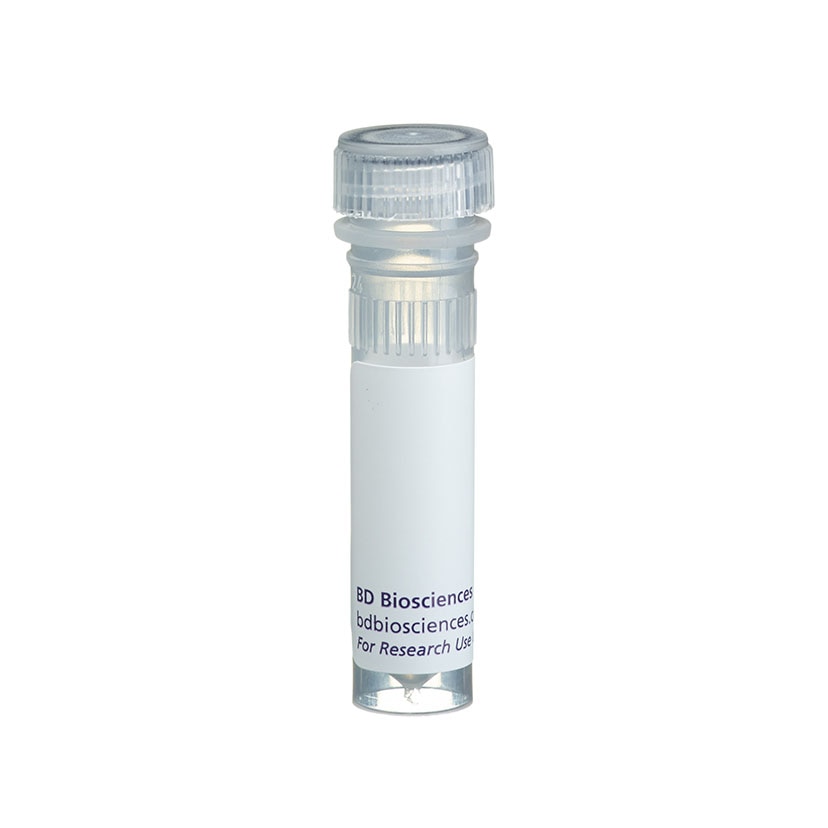-
抗体試薬
- フローサイトメトリー用試薬
-
ウェスタンブロッティング抗体試薬
- イムノアッセイ試薬
-
シングルセル試薬
- BD® AbSeq Assay | シングルセル試薬
- BD Rhapsody™ Accessory Kits | シングルセル試薬
- BD® Single-Cell Multiplexing Kit | シングルセル試薬
- BD Rhapsody™ Targeted mRNA Kits | シングルセル試薬
- BD Rhapsody™ Whole Transcriptome Analysis (WTA) Amplification Kit | シングルセル試薬
- BD Rhapsody™ TCR/BCR Profiling Assays (VDJ Assays) | シングルセル試薬
- BD® OMICS-Guard Sample Preservation Buffer
-
細胞機能評価のための試薬
-
顕微鏡・イメージング用試薬
-
細胞調製・分離試薬
-
- BD® AbSeq Assay | シングルセル試薬
- BD Rhapsody™ Accessory Kits | シングルセル試薬
- BD® Single-Cell Multiplexing Kit | シングルセル試薬
- BD Rhapsody™ Targeted mRNA Kits | シングルセル試薬
- BD Rhapsody™ Whole Transcriptome Analysis (WTA) Amplification Kit | シングルセル試薬
- BD Rhapsody™ TCR/BCR Profiling Assays (VDJ Assays) | シングルセル試薬
- BD® OMICS-Guard Sample Preservation Buffer
- Japan (Japanese)
-
Change country/language
Old Browser
Looks like you're visiting us from {countryName}.
Would you like to stay on the current country site or be switched to your country?


Regulatory Statusの凡例
Any use of products other than the permitted use without the express written authorization of Becton, Dickinson and Company is strictly prohibited.
Preparation and Storage
Product Notices
- Since applications vary, each investigator should titrate the reagent to obtain optimal results.
- An isotype control should be used at the same concentration as the antibody of interest.
- Please refer to www.bdbiosciences.com/us/s/resources for technical protocols.
関連製品


.png?imwidth=320)
In the mouse, at least three members of the Klrb (Killer cell lectin-like receptor, subfamily b; formerly NKR-P1) gene family have been identified (Klrb1a/NKR-P1A, Klrb1b/NKR-P1B, and Klrb1c/NKR-P1C); but in the human gene family, a single homologue has been designated KLRB1, NKR-P1A, or CD161. The KLRB1/NKR-P1 family of proteins are type-II-transmembrane C-type lectin receptors. KLRB1C/NKR-P1C activates NK-cell cytotoxicity, while KLRB1B/NKR-P1B functions as an inhibitory receptor. KLRB1B/NKR-P1B protein has intracellular Immunoreceptor Tyrosine-based Inhibitory Motif (ITIM), while KLRB1C/NKR-P1C lacks ITIM and activates via association with Fc Receptor γ chain. Strikingly, KLRB1B/NKR-P1B and KLRB1C/NKR-P1C share 96% amino acid sequence identity in their extracellular C-type lectin domains. The PK136 antibody reacts with the NK-1.1 surface antigen (CD161c) encoded by the Klrb1c/NKR-P1C gene expressed on natural killer (NK) cells in selected strains of mice (eg, C57BL, FVB/N, NZB, but not A, AKR, BALB/c, CBA/J, C3H, C57BR, C58, DBA/1, DBA/2, NOD, SJL, 129) and the CD161b antigen encoded by the Klrb1b/NKR-P1B gene expressed only on Swiss NIH and SJL mice, but not on C57BL/6. Expression of KLRB1C/NKR-P1C protein is correlated with the ability to lyse tumor cells in vitro and to mediate rejection of bone marrow allografts. The NK-1.1 marker is useful in defining NK cells; however, the antigen is also expressed on a rare, specialized population of T lymphocytes (NK-T cells) and some cultured monocytes. Plate-bound PK136 mAb, in combination with low concentrations of IL-2, induces proliferation of a subset of NK cells.
Development References (14)
-
Arase N, Arase H, Park SY, Ohno H, Ra C, Saito T. Association with FcRgamma is essential for activation signal through NKR-P1 (CD161) in natural killer (NK) cells and NK1.1+ T cells. J Exp Med. 1997; 186(12):1957-1963. (Biology). View Reference
-
Carlyle JR, Martin A, Mehra A, Attisano L, Tsui FW, Zuniga-Pflucker JC. Mouse NKR-P1B, a novel NK1.1 antigen with inhibitory function. J Immunol. 1999; 162(10):5917-5923. (Clone-specific: Immunoprecipitation). View Reference
-
Giorda R, Trucco M. Mouse NKR-P1. A family of genes selectively coexpressed in adherent lymphokine-activated killer cells. J Immunol. 1991; 147(5):1701-1708. (Biology). View Reference
-
Karlhofer FM, Yokoyama WM. Stimulation of murine natural killer (NK) cells by a monoclonal antibody specific for the NK1.1 antigen. IL-2-activated NK cells possess additional specific stimulation pathways. J Immunol. 1991; 146(10):3662-3673. (Clone-specific: Mediation). View Reference
-
Koo GC, Dumont FJ, Tutt M, Hackett J Jr, Kumar V. The NK-1.1(-) mouse: a model to study differentiation of murine NK cells. J Immunol. 1986; 137(12):3742-3747. (Clone-specific: Depletion). View Reference
-
Koo GC, Peppard JR. Establishment of monoclonal anti-Nk-1.1 antibody. Hybridoma. 1984; 3(3):301-303. (Immunogen: Cytotoxicity, Flow cytometry). View Reference
-
Kung SK, Su RC, Shannon J, Miller RG. The NKR-P1B gene product is an inhibitory receptor on SJL/J NK cells. J Immunol. 1999; 162(10):5876-5887. (Clone-specific: Blocking). View Reference
-
Lanier LL. Natural killer cells: from no receptors to too many. Immunity. 1997; 6(4):371-378. (Biology). View Reference
-
Reichlin A, Yokoyama WM. Natural killer cell proliferation induced by anti-NK1.1 and IL-2. Immunol Cell Biol. 1998; 76(2):143-152. (Clone-specific: Induction). View Reference
-
Sentman CL, Hackett J Jr, Moore TA, Tutt MM, Bennett M, Kumar V. Pan natural killer cell monoclonal antibodies and their relationship to the NK1.1 antigen. Hybridoma. 1989; 8(6):605-614. (Clone-specific: Immunoprecipitation). View Reference
-
Sentman CL, Kumar V, Koo G, Bennett M. Effector cell expression of NK1.1, a murine natural killer cell-specific molecule, and ability of mice to reject bone marrow allografts. J Immunol. 1989; 142(6):1847-1853. (Clone-specific: Depletion). View Reference
-
Vicari AP, Zlotnik A. Mouse NK1.1+ T cells: a new family of T cells. Immunol Today. 1996; 17(2):71-76. (Biology). View Reference
-
Yokoyama WM, Seaman WE. The Ly-49 and NKR-P1 gene families encoding lectin-like receptors on natural killer cells: the NK gene complex. Annu Rev Immunol. 1993; 11:613-635. (Biology). View Reference
-
Yu YY, Kumar V, Bennett M. Murine natural killer cells and marrow graft rejection. Annu Rev Immunol. 1992; 10:189-213. (Biology). View Reference
Please refer to Support Documents for Quality Certificates
Global - Refer to manufacturer's instructions for use and related User Manuals and Technical data sheets before using this products as described
Comparisons, where applicable, are made against older BD Technology, manual methods or are general performance claims. Comparisons are not made against non-BD technologies, unless otherwise noted.
For Research Use Only. Not for use in diagnostic or therapeutic procedures.
Report a Site Issue
This form is intended to help us improve our website experience. For other support, please visit our Contact Us page.